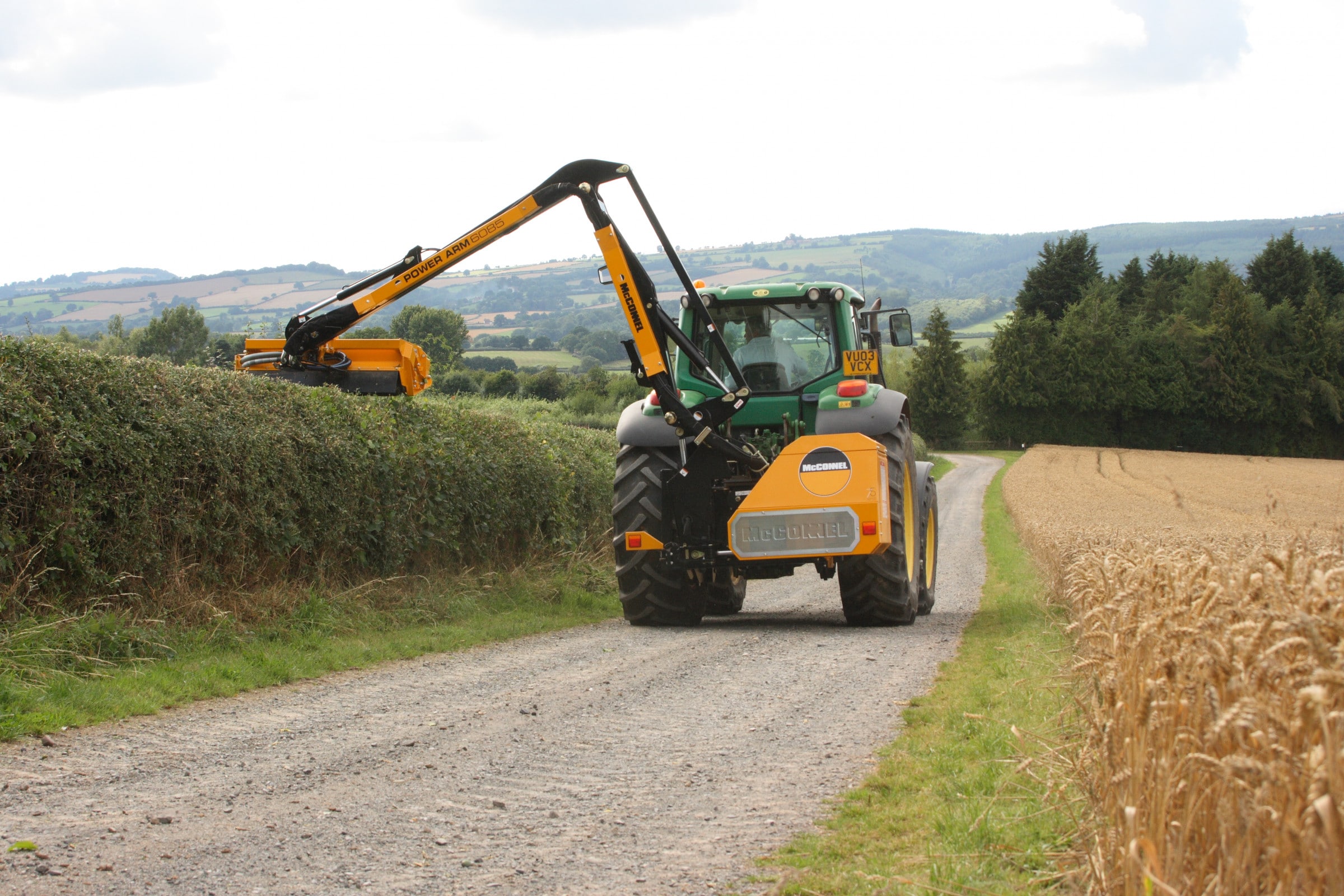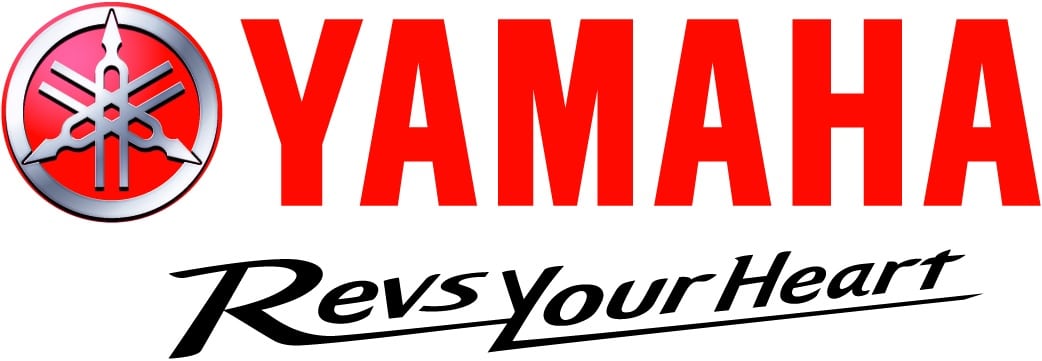The hedgecutting season start date of September 1 is here. Is your machine fit for the job, or could it do with some service attention? Sam Body from the Tuckwell agricultural demonstration team offers some pointers for maintenance, set-up and operation.
Ensure your tractor is capable of handling the implement it is working with, particularly when the machine is extended out at full reach. It’s not uncommon for farms to use the smallest, oldest tractors in their fleets for hedge trimming, but if you have recently upgraded your implement then make sure the tractor has the power and weight to comfortably handle the weight and reach of the hedgecutter. With most farms now using 4wd tractors for hedgecutting work, front weights are not as essential as they once were, but assess the ability of your tractor to safely handle your machine at full height and reach.
Another important aspect of safe handling and working with a hedgecutter is ensuring the tractor’s tyre pressures are correct and there are no splits/cracks in the tyres, particularly given the changes in load stress at different reach stages. Tyre issues may affect the stability of the tractor/machine combination at full reach. Also ensure all beacons and the road and work lights on the tractor – and the hedgecutter, if they are fitted – are working correctly and aren’t obscured by old clippings behind the guards. If your implement is not fitted with lights, ensure those on the tractor are visible at all times.
When mounting the machine to the tractor it will be working with, ensure any subframe and/or axle brackets are fitted correctly, and that the hedgecutter sits level in the tractor linkage. Check the condition of all pivot points, pins, bushes, arms and guards, including the PTO shaft guard, for wear and play.
Next, examine the flails for chips and cracks that could cause vibration and/or poor cutting performance. T-flails can be reversed if worn, but C-flails must be sharpened or replaced. Ensure the opposing flail of any unit replaced is also renewed, to keep the rotor balanced evenly.
Check that both the leading and rear edges of the flail hood are in good condition, as these can affect the ability of the machine to retain material and process it sufficiently. If your hedgecutter is fitted with an adjustable rear roller, ensure this operates correctly, is in good condition and can be adapted to the work in question.
See that all hose fittings are secure and that hoses are in good condition with no splits or cracks. Any replacements must be of the same specification. Make sure all vents and vanes around the hydraulic oil cooler are clear of debris, and that the lubrication chart on your machine is followed precisely to prolong the life of key wear components. It’s essential to use the correct oil and grease grades – available from your local Tuckwell outlet – as specified in the operator’s manual for your machine, and to change promptly the hydraulic oil and filter as soon as the hour counter, if fitted, indicates it’s time to do so.
With the controller installed in the tractor cab, move the tractor and hedgecutter to a safe spot before checking the surroundings and putting the machine into operation, testing out the controller and the machine functions it operates. If any problems should become apparent, try to identify whether the issue lies with the hedgecutter itself or with the controller. Faults are often traceable to the wiring and connections around the machine and into the control box, particularly if previously taken apart and reassembled a number of times. Ensure the hydraulic pressure gauge shows the machine is working at the correct pressure. Low readings may be caused by a lack of oil, blocked filter or old, thin oil, so check these areas if there is a problem.
Demonstrations and details of the latest McConnel hedgecutter models are available from your local Tuckwell outlet.















